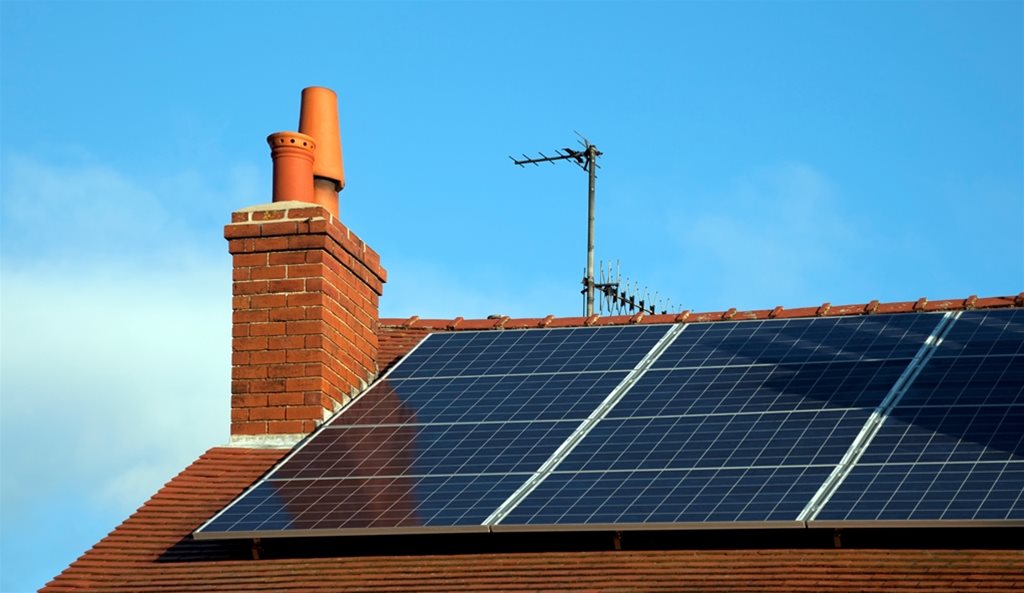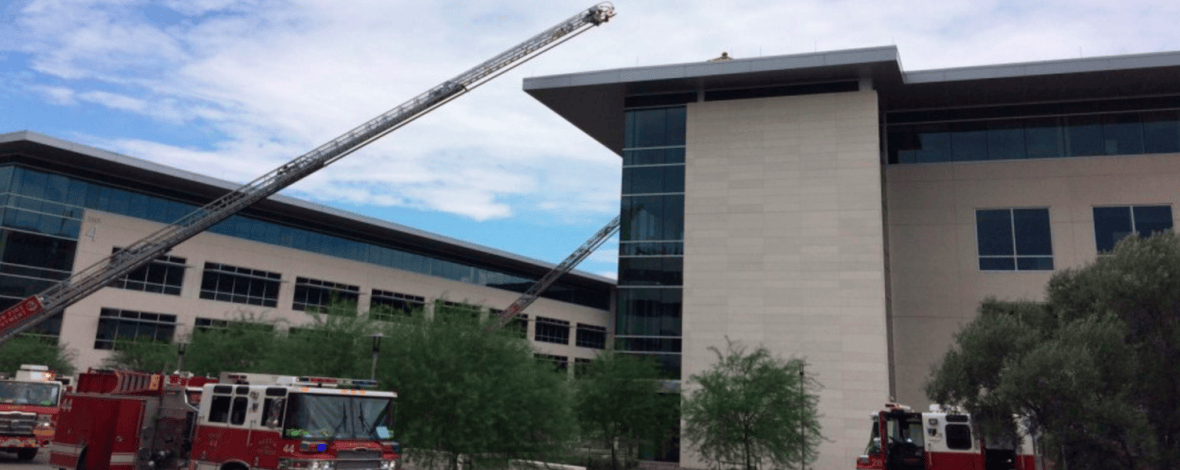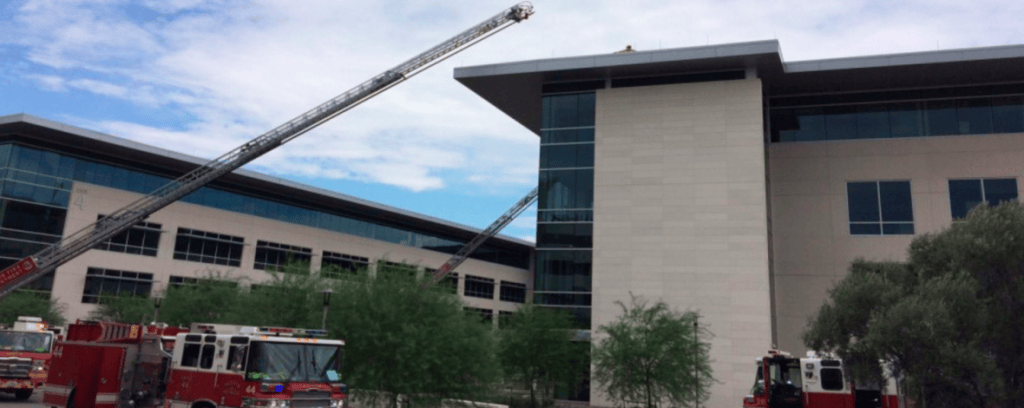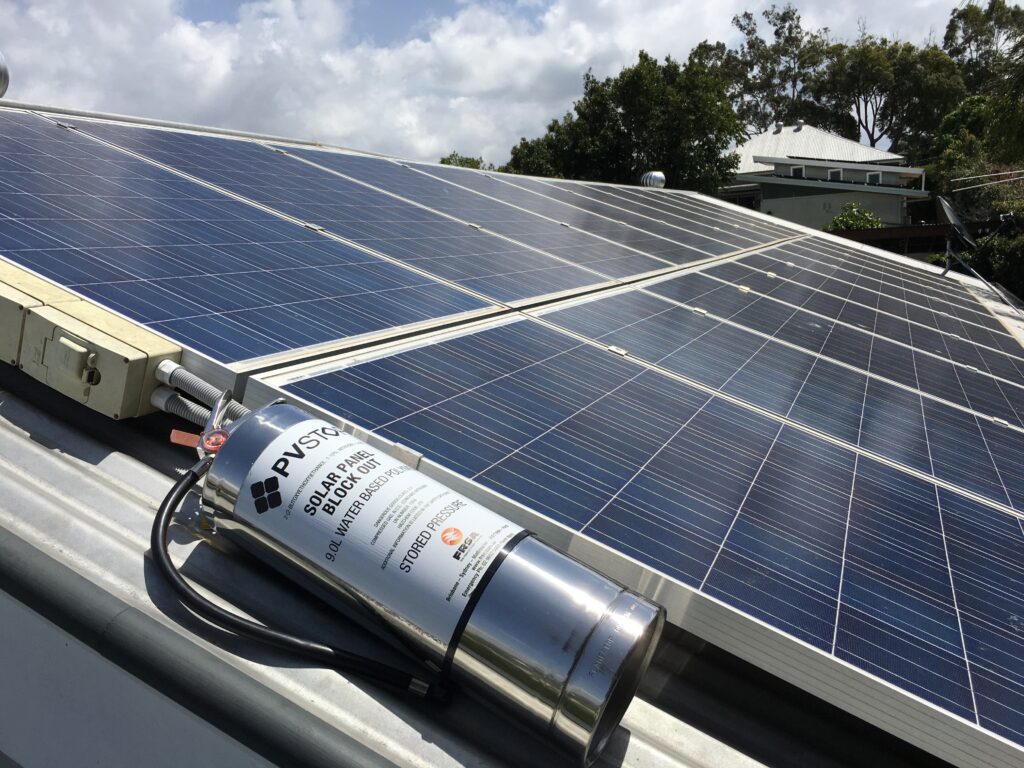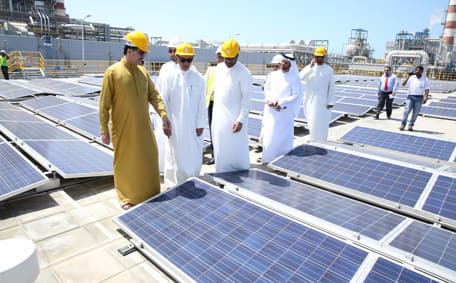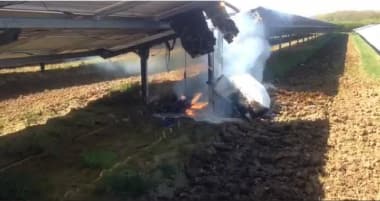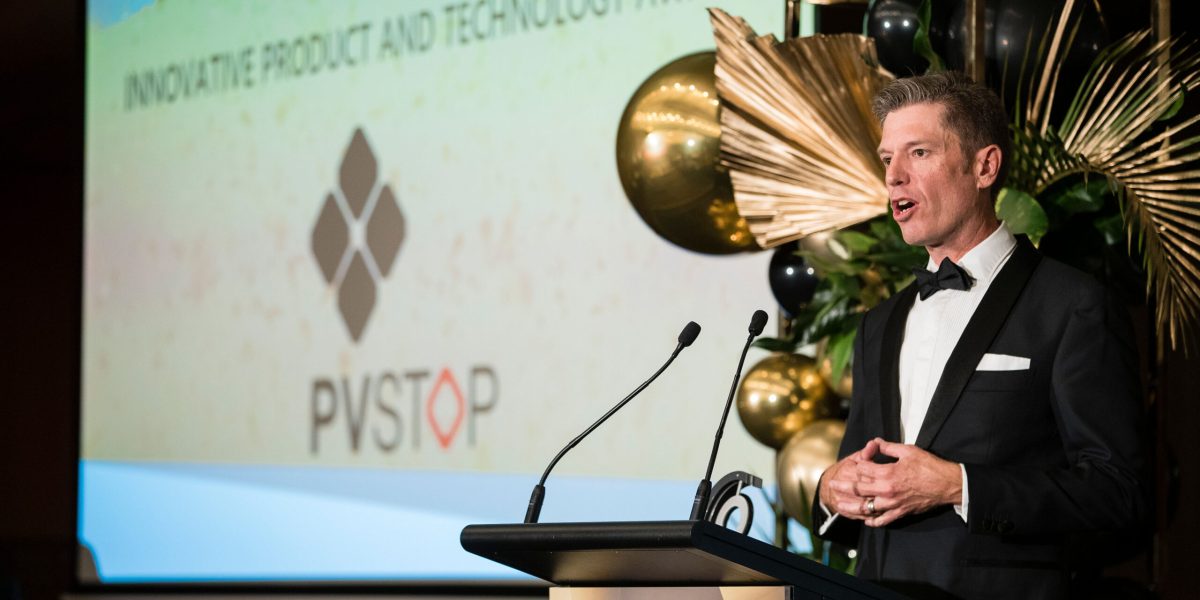
Australian solar safety breakthrough claims nation’s most prestigious fire protection honor
November 2018 marked a turning point for Australia’s fire protection industry. When the Fire Protection Association (FPA) Australia announced the inaugural winner of their new Innovative Product & Technology Award, the winner was PVSTOP – an Australian innovation addressing one of the most pressing safety challenges facing emergency services.
This wasn’t just another industry award. This was validation that a solution to an “unsolvable” problem had finally arrived.
The Crisis That Demanded Innovation
By 2018, Australia’s solar revolution had created an unprecedented safety challenge.
Over two million photovoltaic systems had been installed across the nation. One in five Australian homes featured rooftop solar. But weeks before the FPA Awards ceremony, Federal Energy Minister Angus Taylor warned that lives were at risk. Clean Energy Regulator figures revealed that up to one quarter of rooftop units inspected posed severe or high risk.
The math was sobering: potentially 500,000 unsafe or substandard installations across Australia.
Emergency services faced a daily nightmare most Australians didn’t understand: solar panels can’t be switched off. As long as sunlight hits those panels, they generate potentially lethal DC electricity. Traditional electrical safety protocols simply didn’t work.
Firefighters arriving at structure fires faced impossible choices: fight the blaze offensively and risk electrocution, or take defensive positions and watch buildings burn.
The December 2018 Sydney hailstorms would dramatically prove these risks. At a Moorebank factory, hail-damaged panels sat dormant for three days. When sunny conditions returned, the panels began arcing. Within minutes, a significant rooftop fire erupted, threatening the entire facility.
The fire protection industry desperately needed a solution.
Why This Award Category Mattered
The FPA’s decision to create a new Innovative Product & Technology Award in 2018 wasn’t arbitrary. The fire protection industry was experiencing unprecedented disruption as clean energy technologies transformed faster than safety solutions could evolve.
The award criteria were deliberately ambitious, recognizing innovations that:
- Made outstanding contributions to advancing fire protection
- Developed leading-edge technology solutions
- Addressed existing threats and emerging issues
- Delivered measurable safety impact
Being named the inaugural winner carried special significance. PVSTOP wasn’t just winning an award – it was setting the benchmark for innovation in fire protection.
The Solution That Changed Everything
PVSTOP emerged from direct experience with danger. Inventor Luke Williams, with over 40 years in the solar industry, experienced severe electrical shock during an off-grid installation – a near-fatal reminder that conventional safety measures can’t address solar’s unique hazards.
That brush with electrocution sparked a question: if solar panels can’t be switched off, what if we could eliminate their power source?
The answer was elegantly simple: block the light.
PVSTOP’s polymer film technology acts as a “liquid tarpaulin.” Spray it onto solar panels, and it blocks sunlight from reaching photovoltaic cells. Without light, panels can’t generate electricity. Within seconds, the entire DC Danger Zone disappears.
Delivered from pressurized cylinders, PVSTOP could be applied from up to 10 meters away, eliminating the need for crews to climb onto compromised roofs. It worked in all weather conditions, dried quickly, and was non-flammable, fire-retardant, non-conductive, and anti-arcing.
Most critically: the NSW Environment Protection Agency confirmed it was safe for personnel, communities, and the environment.
Once threats were eliminated, the coating could be peeled off panels – up to 12 months later – without damage.
From Australian Innovation to Global Recognition
The journey from concept to FPA Award required exhaustive validation. Northern Territory Fire & Rescue and ACT Fire & Rescue became early adopters. By 2018, Fire Rescue New South Wales had begun trials across Sydney.
International attention followed rapidly. London Fire Brigade commenced trials. Fire Department New York began evaluations. Singapore Civil Defence Force expressed interest.
The innovation that started in Australia was attracting the world’s largest fire services.
The FPA Award represented recognition from Australia’s peak fire protection body that PVSTOP met the highest standards of safety, effectiveness, and impact. For emergency services, it meant something even more significant: hope.
“PVSTOP, when carried on first response appliances, can mitigate DC electrical risk from solar systems, allowing offensive firefighting operations to continue rather than incident commanders having to revert to defensive strategies.”
This wasn’t abstract benefit. This was the difference between saving buildings or watching them burn.
Industry Impact and Global Expansion
The FPA Award accelerated adoption across multiple fronts:
- Insurers began recognizing properties with PVSTOP capabilities as lower-risk profiles.
- Building owners gained awareness that solar installations created new safety obligations.
- Legislative discussions intensified around building codes and mandatory equipment requirements.
- International doors opened. When London Fire Brigade and FDNY evaluated PVSTOP, Australian industry recognition carried significant weight.
By 2020, PVSTOP had achieved:
- ISO 14034:2016 certification (Environmental Technology Verification)
- Patent protection in 22 countries covering the world’s largest solar markets
- Operational deployment with major fire services across three continents
- Strategic partnerships for manufacturing, distribution, and training
The inaugural FPA Award was the first domino. International acceptance followed.
What This Recognition Really Means
The 2018 FPA Award wasn’t just about acknowledging past achievement. It represented the fire protection industry at its best: recognizing innovation, supporting breakthrough technology, and prioritizing the safety of emergency responders and communities.
It sent a powerful message: we can have both clean energy AND safe emergency response. We don’t have to choose.
This matters as solar deployment accelerates. Australia aims to have millions more PV installations by 2030. Battery storage is exploding. Electric vehicles are proliferating. Each technology brings benefits – and new safety challenges.
The award demonstrated that breakthrough innovations addressing these challenges receive meaningful recognition. This encourages other innovators, attracts talent to fire protection innovation, and gives emergency services confidence in validated solutions.
The Privilege of Being First
Being inaugural winner came with responsibility. PVSTOP established expectations for future honorees: innovations must address real problems, demonstrate proven effectiveness, and meaningfully improve safety outcomes.
The award validated FPA Australia’s decision to create this category. PVSTOP was genuinely game-changing technology that solved a previously unsolvable problem – giving the award category credibility and staying power.
Recognition That Saves Lives
Strip away the ceremony, and here’s what the 2018 FPA Australia Innovative Product & Technology Award represents:
The fire protection industry acknowledging that a problem existed, a solution emerged, and lives would be saved as a result.
Every time a firefighter uses PVSTOP to safely de-energize a solar system, that award matters. Every time an incident commander employs offensive tactics instead of defensive retreat, that award matters. Every time a building is saved because crews could fight fires near solar installations, that award matters.
For Luke Williams and the entire PVSTOP team, November 2018 validated years of development, testing, and refinement. But the real winners were emergency responders who finally had a tool that worked, building owners who could implement effective safety measures, and communities protected by enhanced fire safety capabilities.
That’s recognition worth celebrating. That’s an award that truly matters.
The Journey Continues
Winning the inaugural FPA Award was a milestone, not a destination. PVSTOP continues evolving – drone-based delivery systems are in development, training programs have expanded globally, and the technology keeps improving.
The problems that made this innovation necessary haven’t disappeared; they’ve intensified. But because FPA Australia recognized PVSTOP’s contribution, the fire protection industry has a proven solution for protecting lives and property as our energy systems transform.
Because clean energy shouldn’t cost lives.
PVSTOP continues serving fire and emergency services agencies globally, protecting first responders and communities from solar PV electrical hazards. The technology that won the inaugural FPA Australia Innovative Product & Technology Award in 2018 is now deployed by leading fire services including London Fire Brigade, Fire Department New York, and agencies across Australia, Asia, and beyond.




